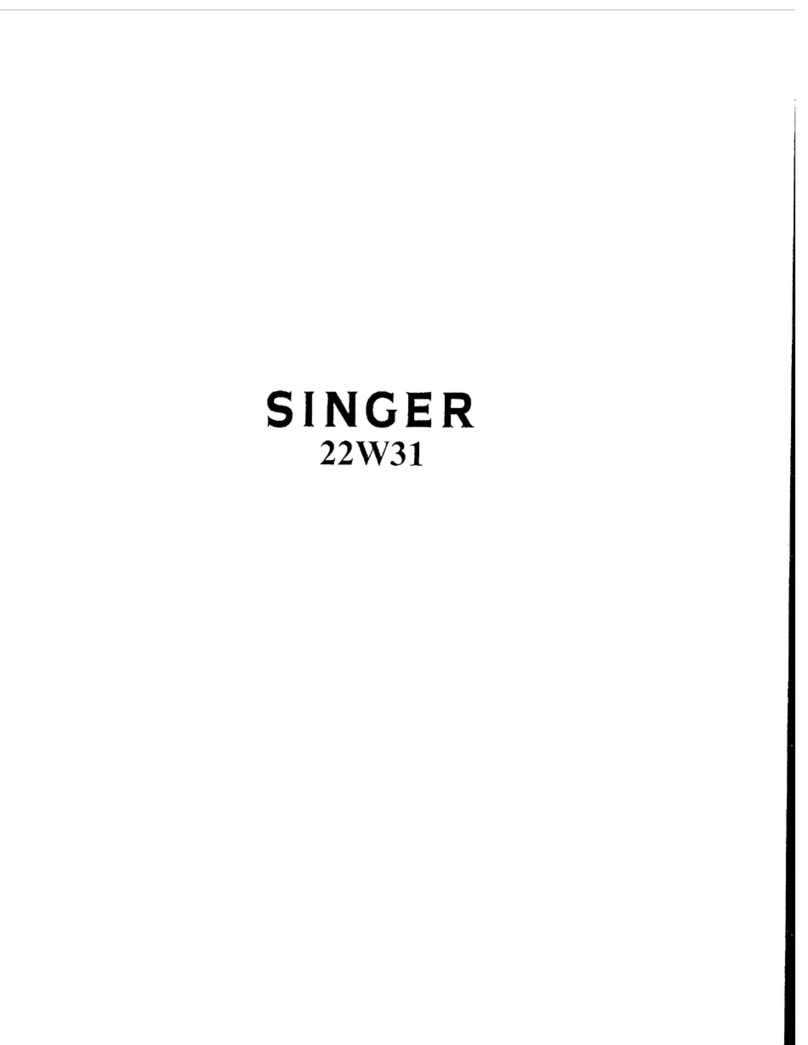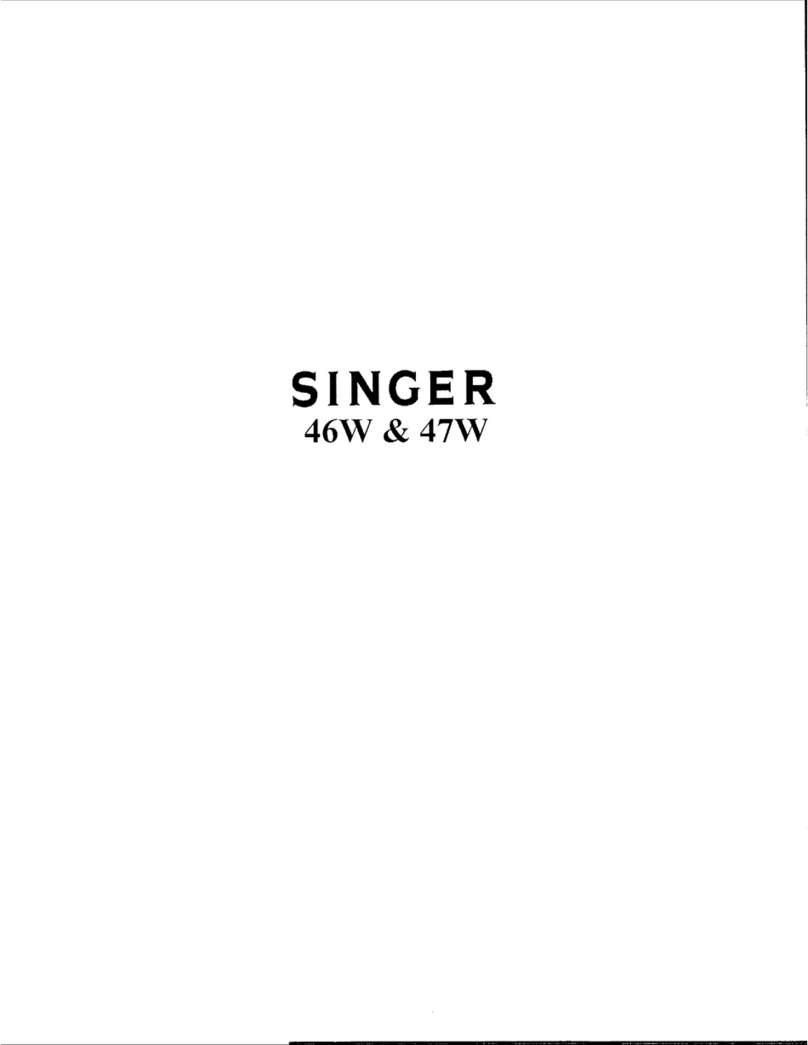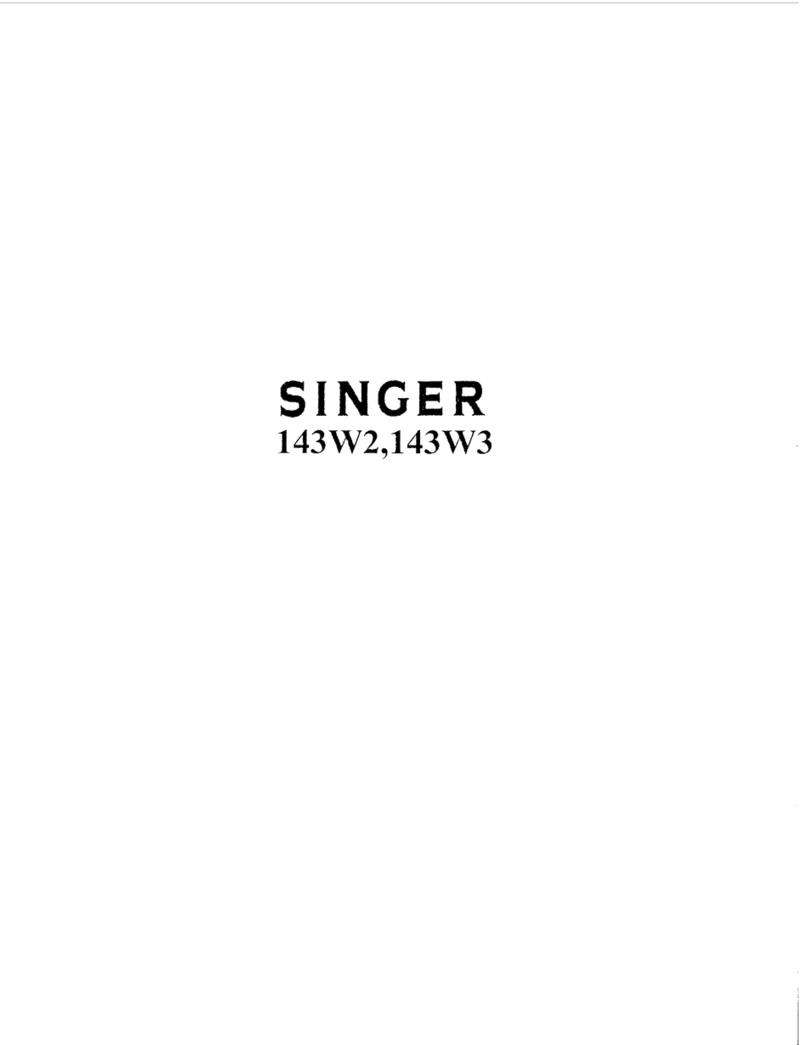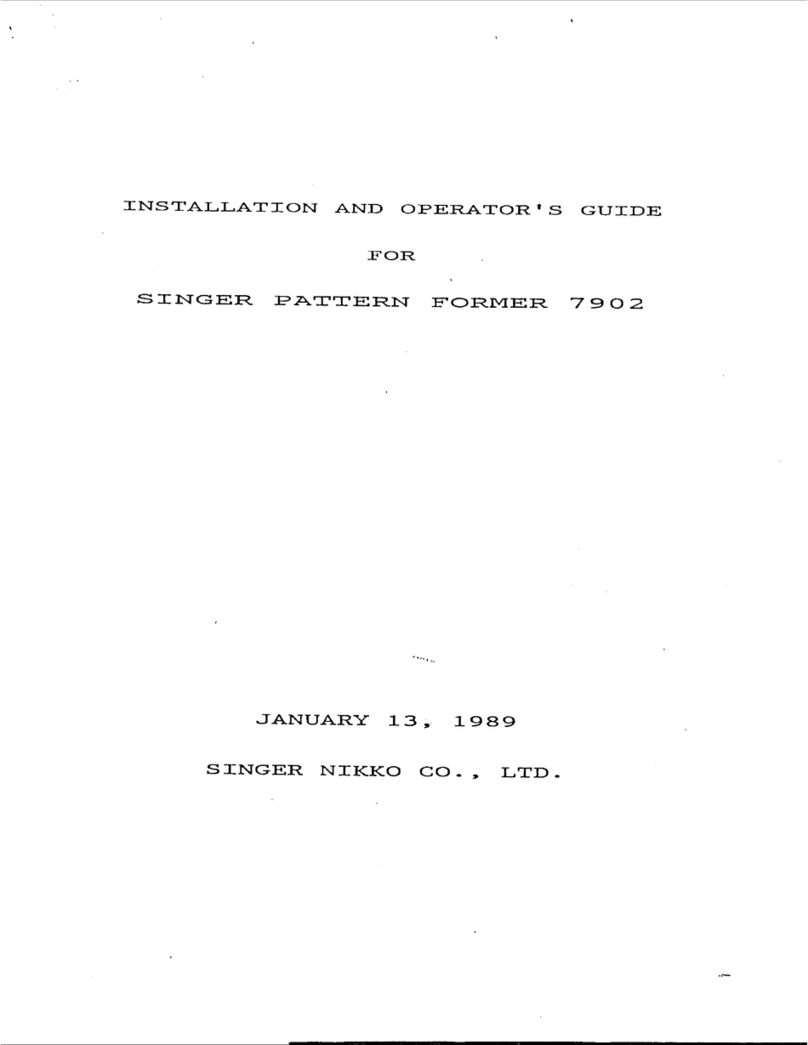Singer 630 User manual
Other Singer Sewing Machine manuals
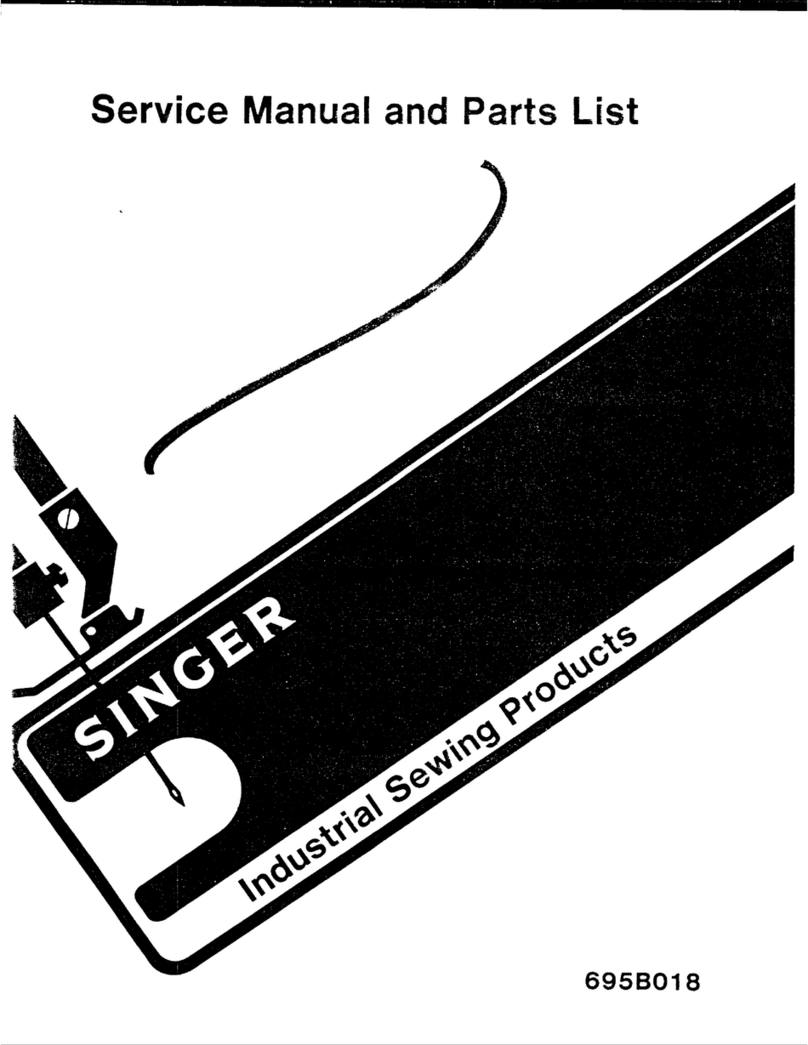
Singer
Singer 695B018SM Troubleshooting guide

Singer
Singer 14SH744 User manual

Singer
Singer 755U 200 User manual
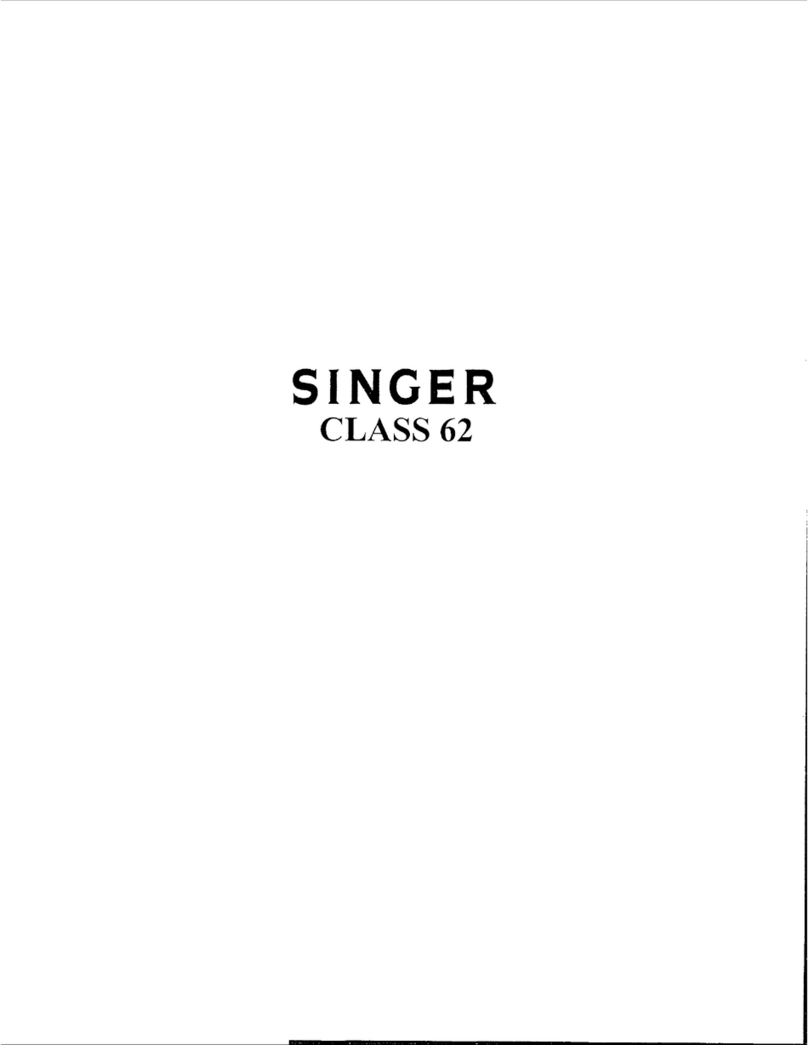
Singer
Singer 6-2 User manual
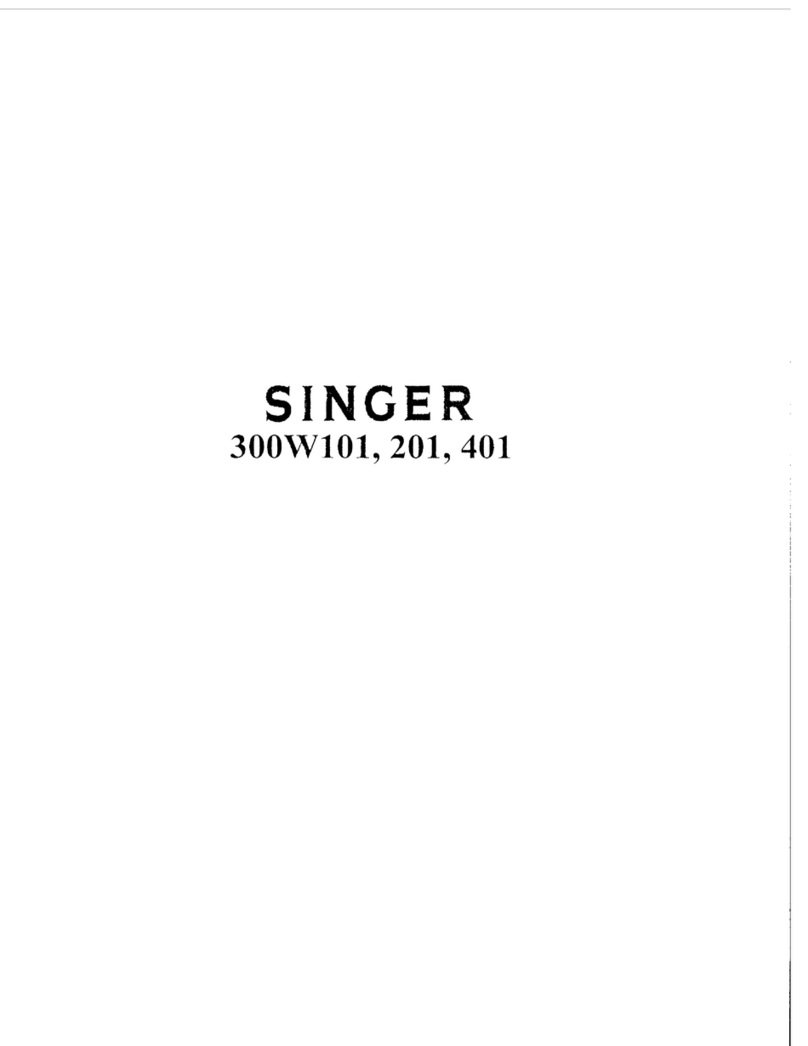
Singer
Singer 300W101 User manual
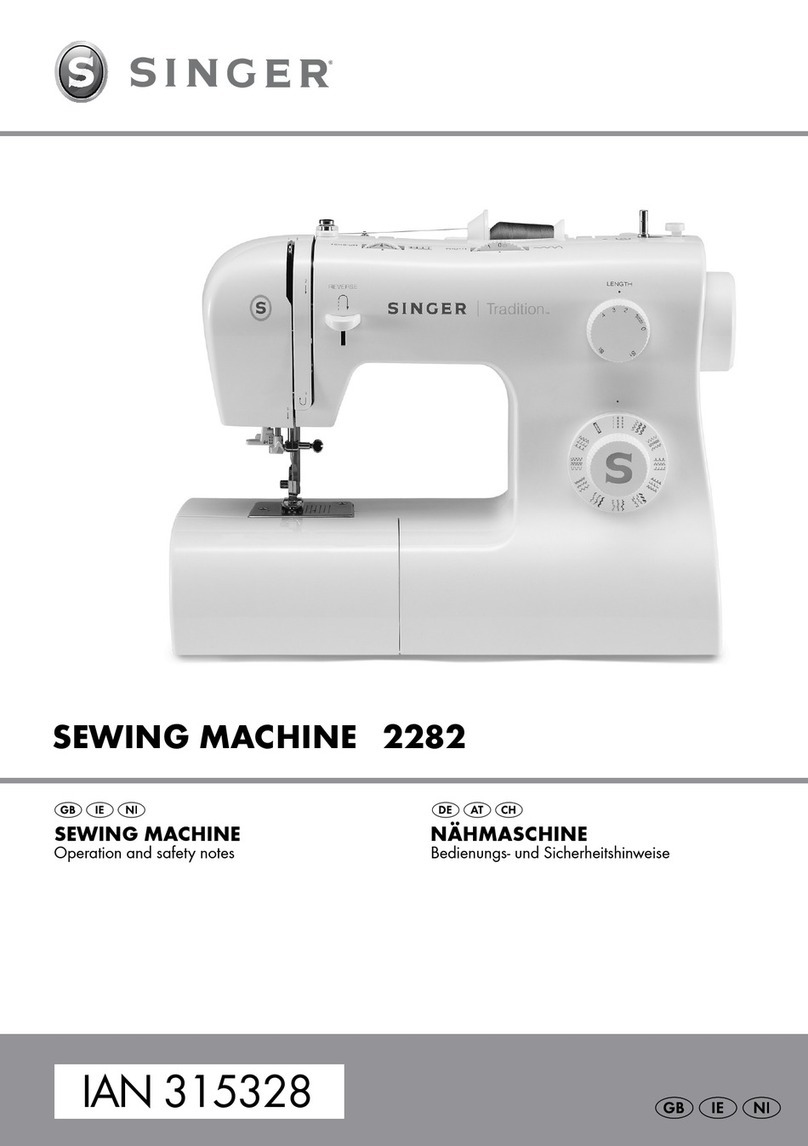
Singer
Singer 2282 User manual
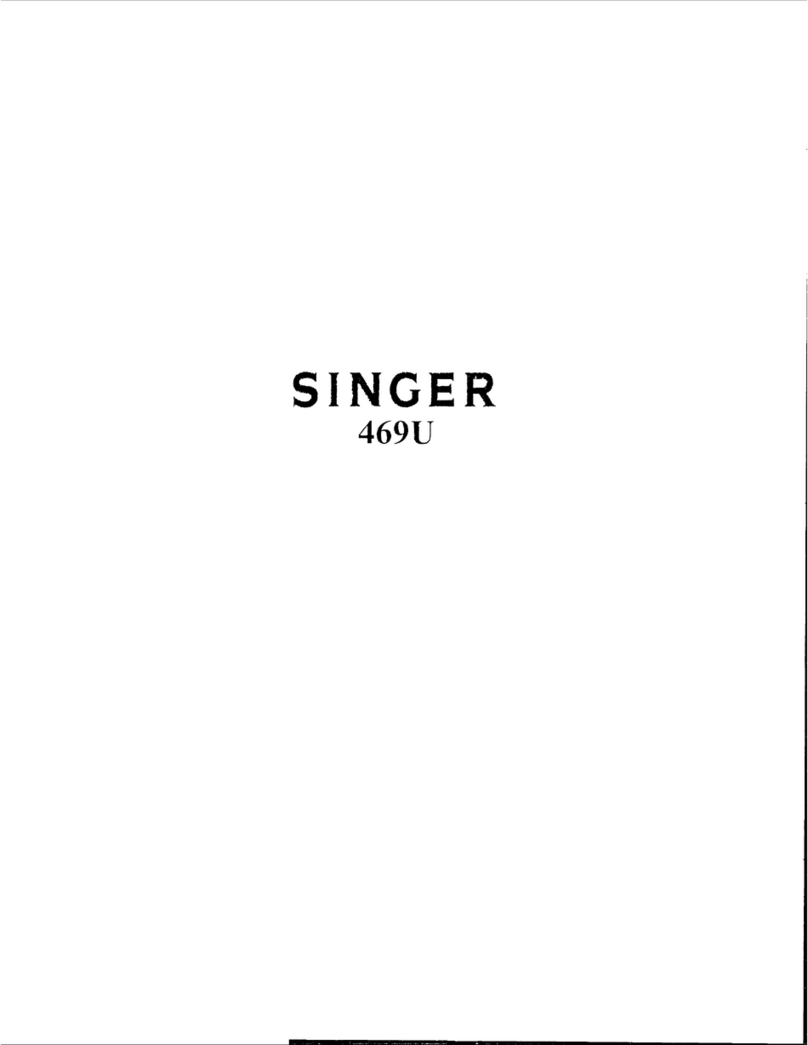
Singer
Singer 469U Manual
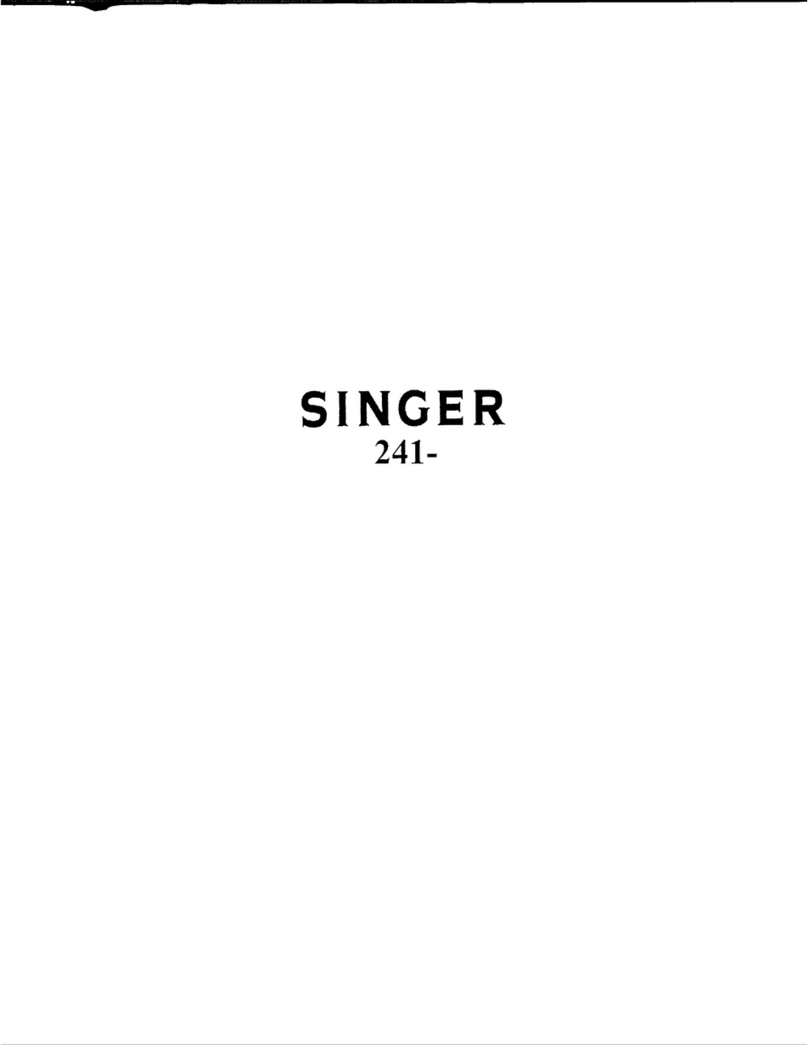
Singer
Singer 241 User manual

Singer
Singer 3210 User manual

Singer
Singer 46K15 User manual
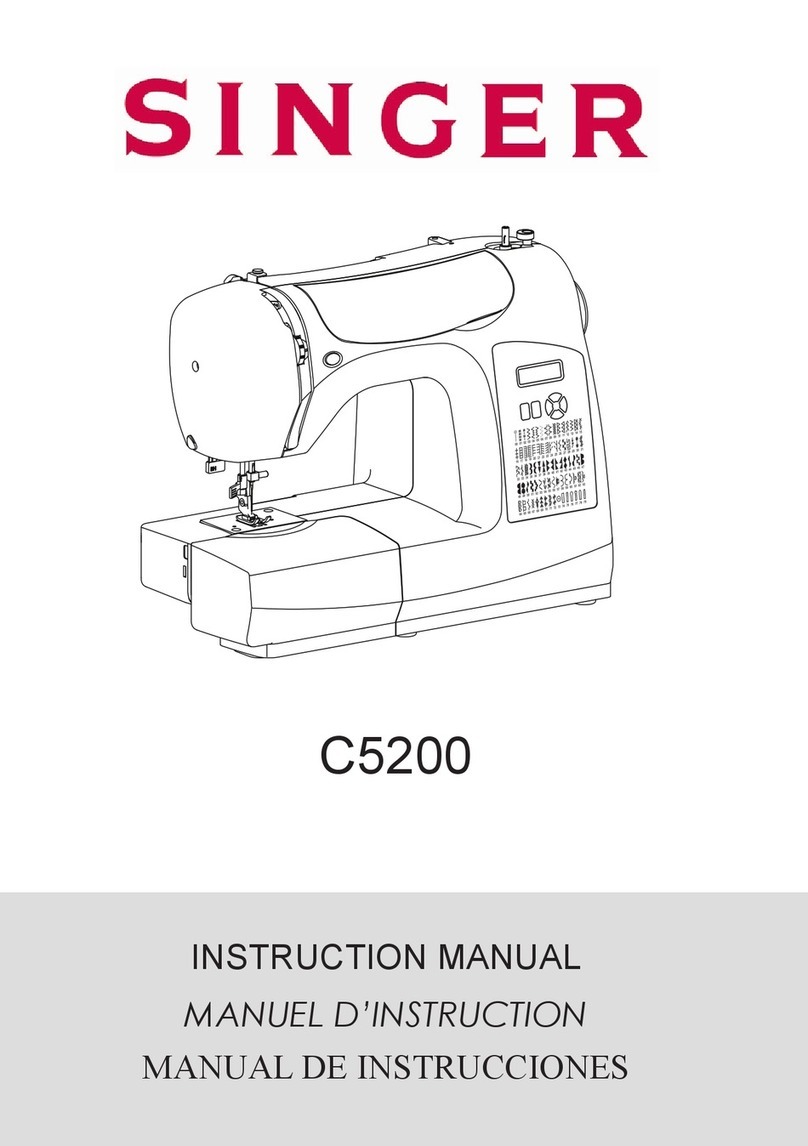
Singer
Singer C5200 User manual
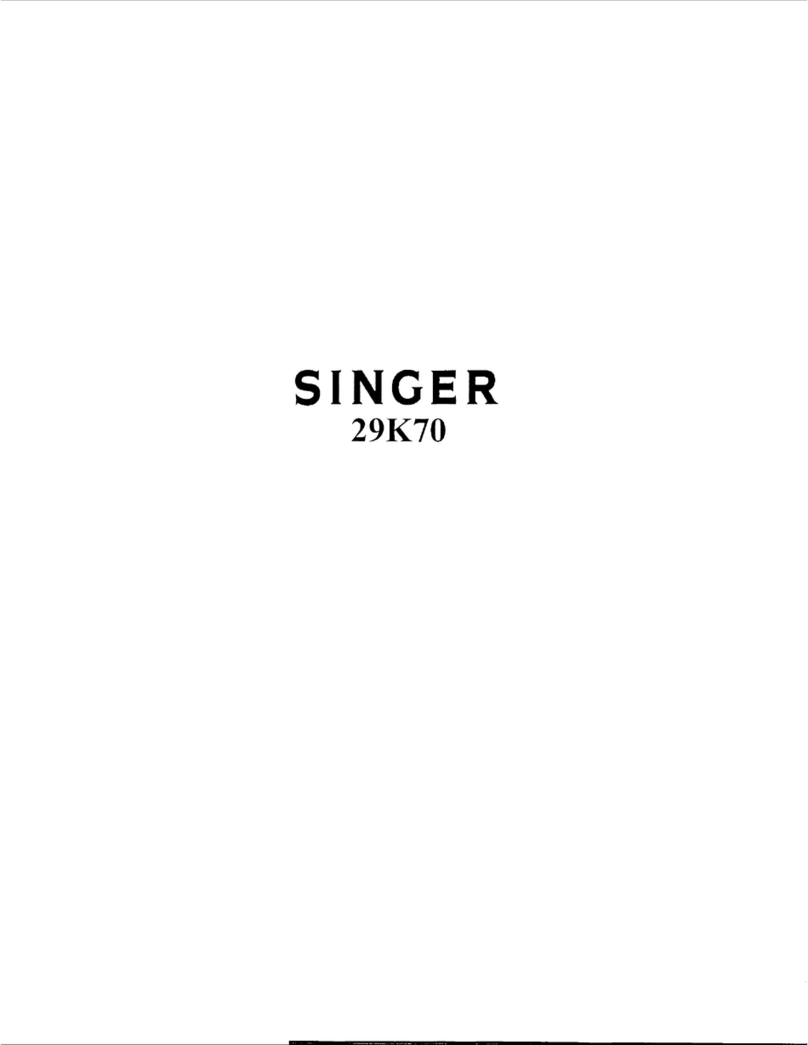
Singer
Singer 29K70 User manual
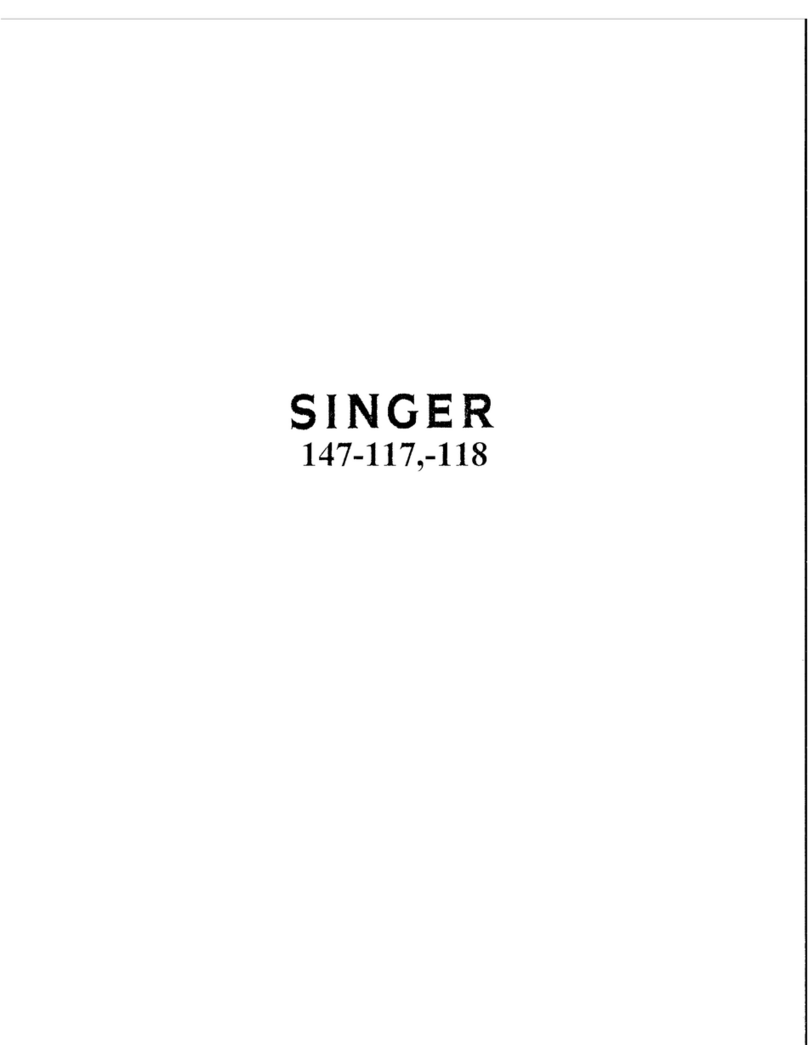
Singer
Singer 147-114 Quick start guide
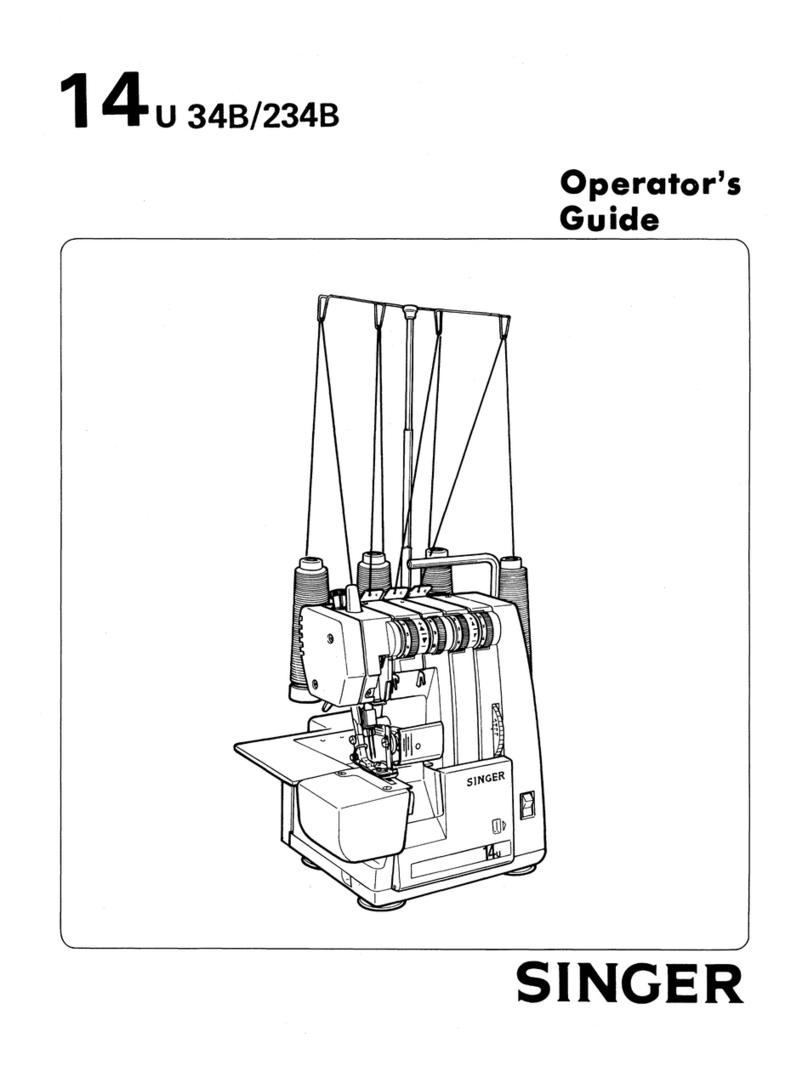
Singer
Singer Ultralock 14U 34B/234B Manual
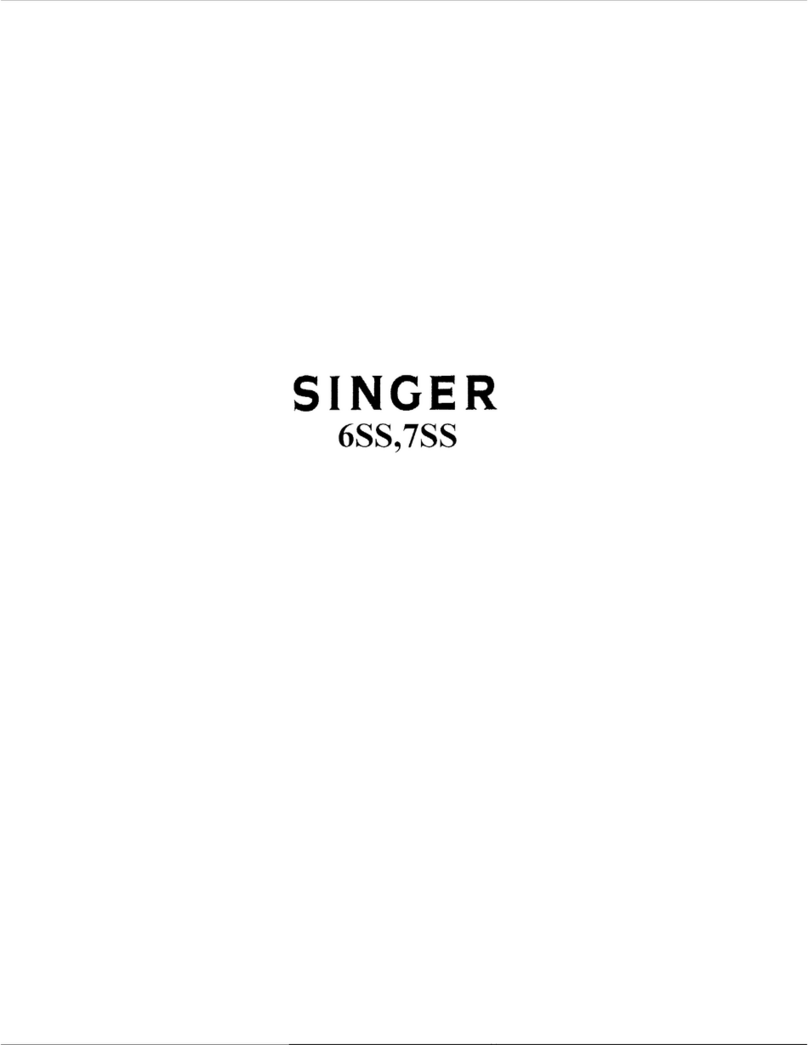
Singer
Singer 6SS Setup guide

Singer
Singer 36-1 User manual
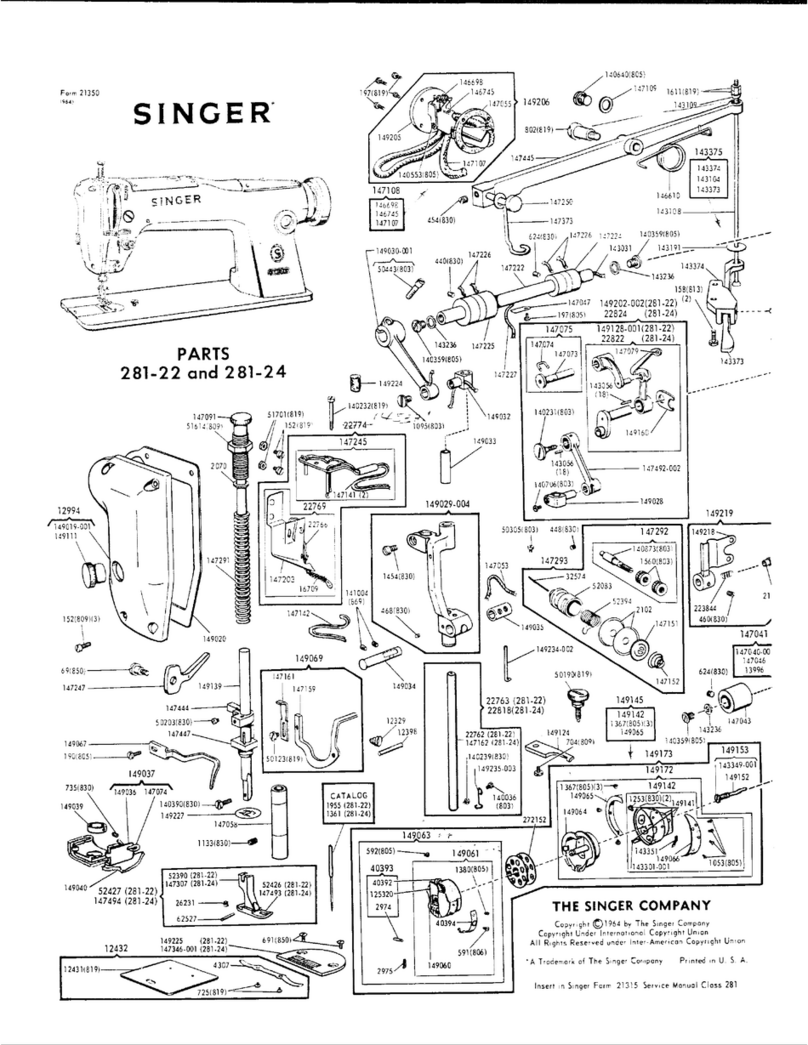
Singer
Singer 281-22 User manual

Singer
Singer 116W1 User manual
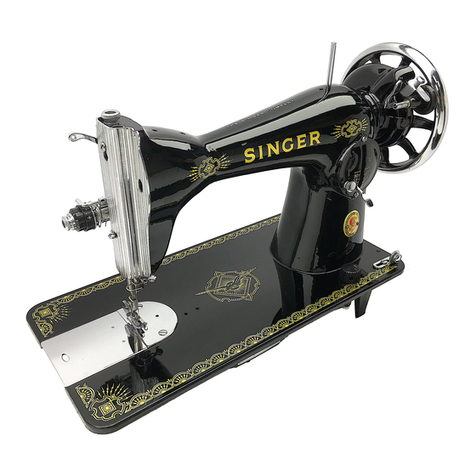
Singer
Singer SEWING MACHINE NO. 15 User manual

Singer
Singer 460/16 User manual
